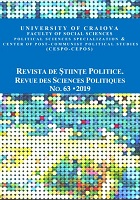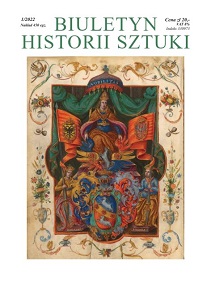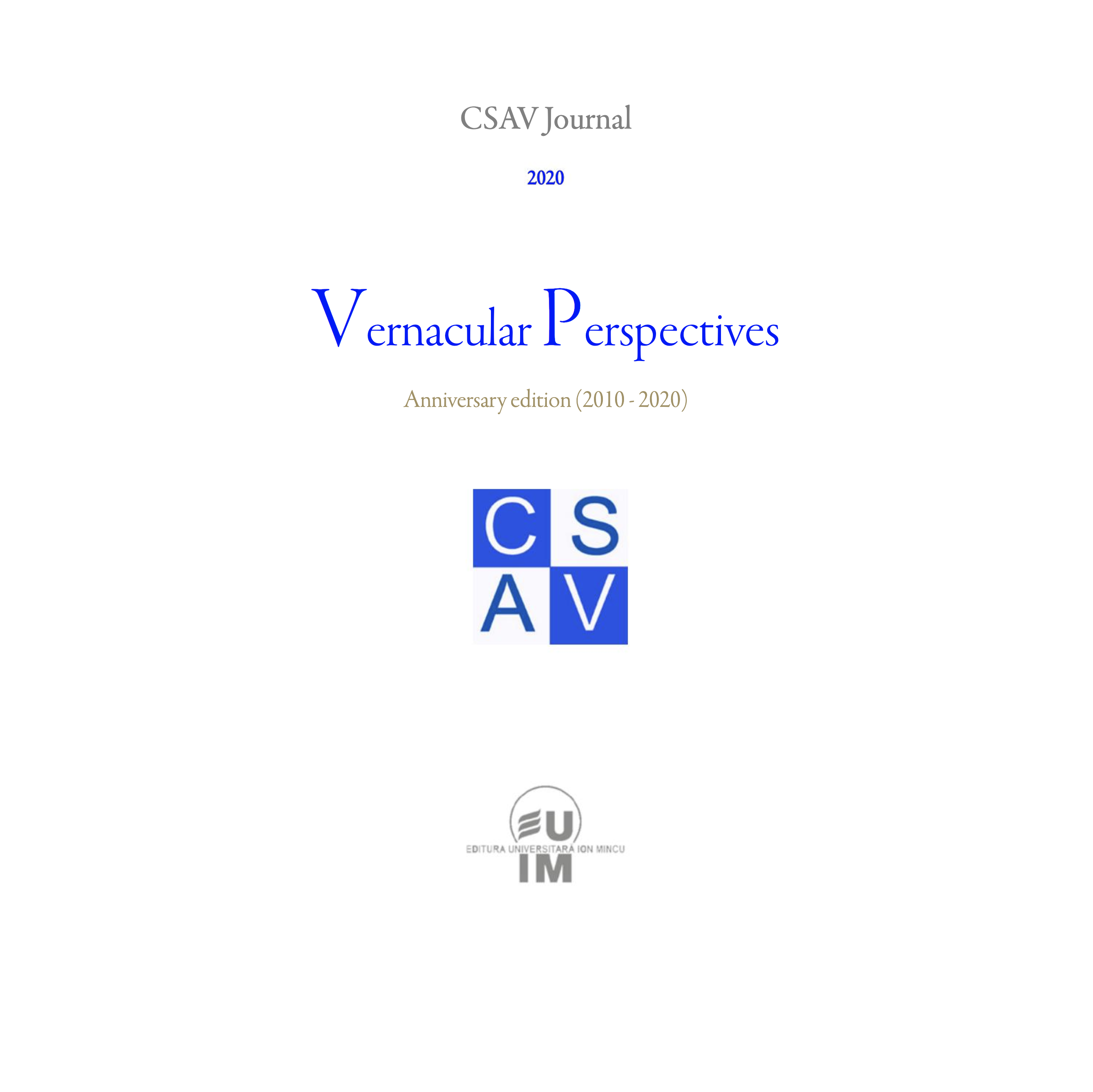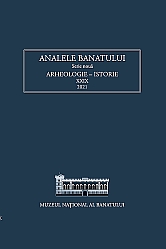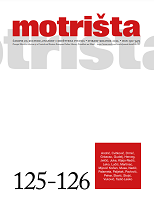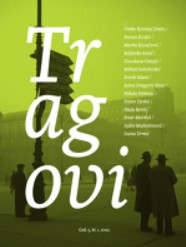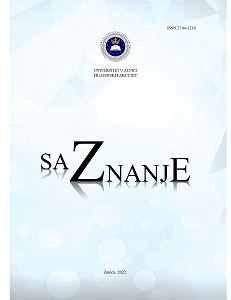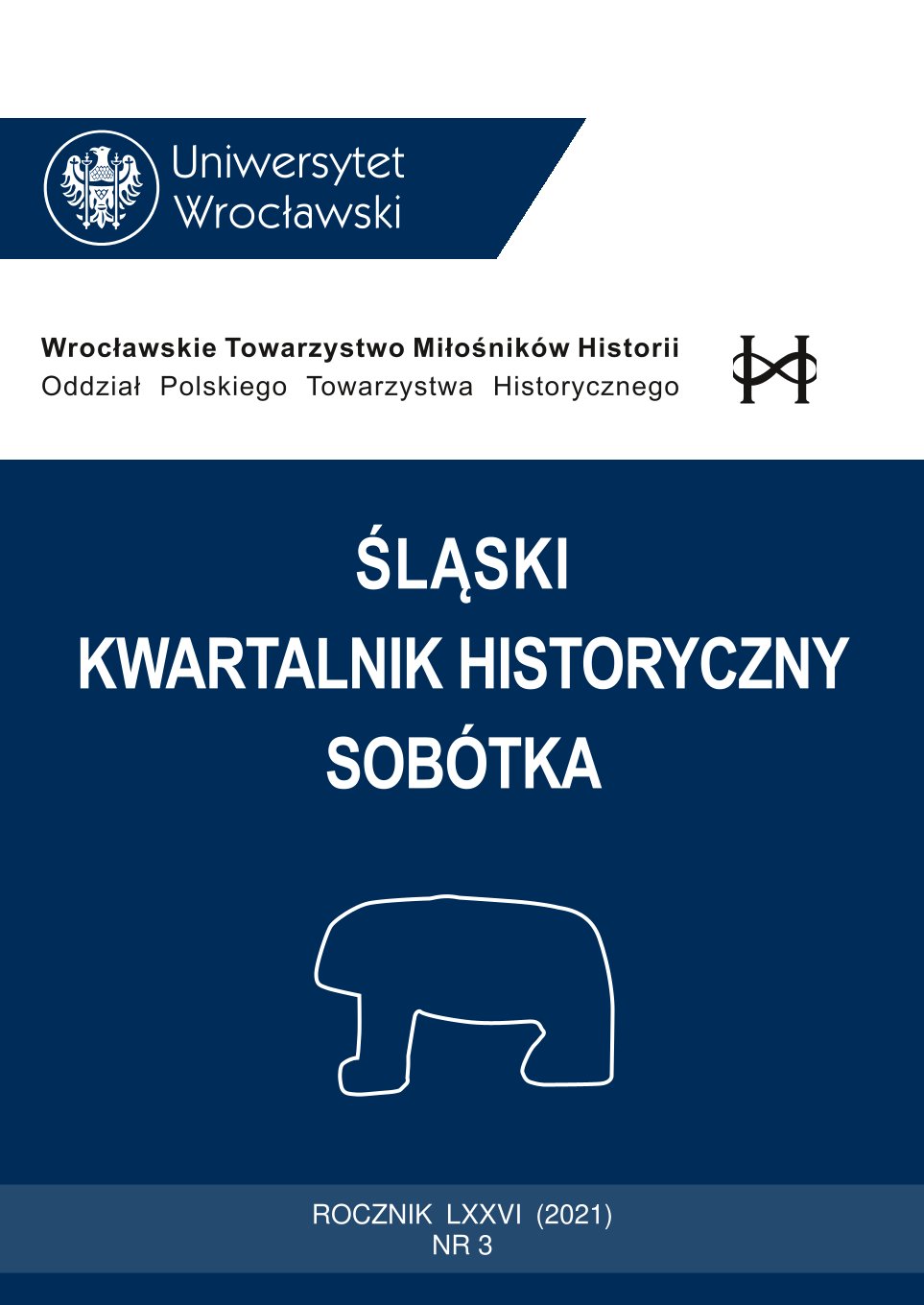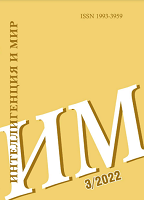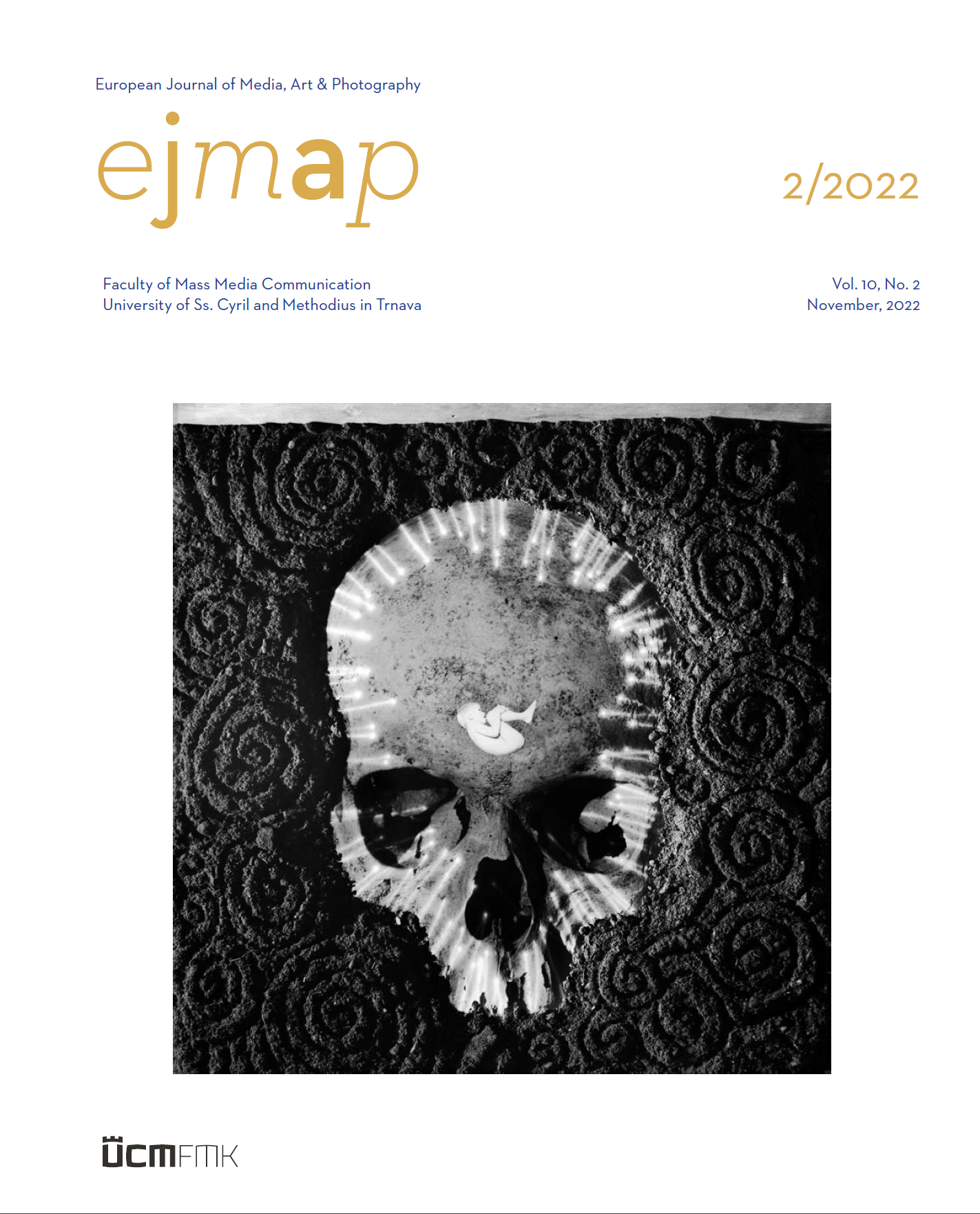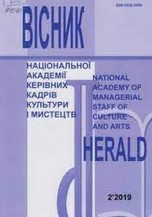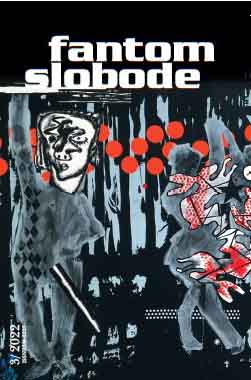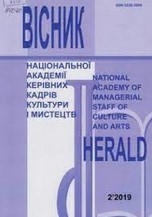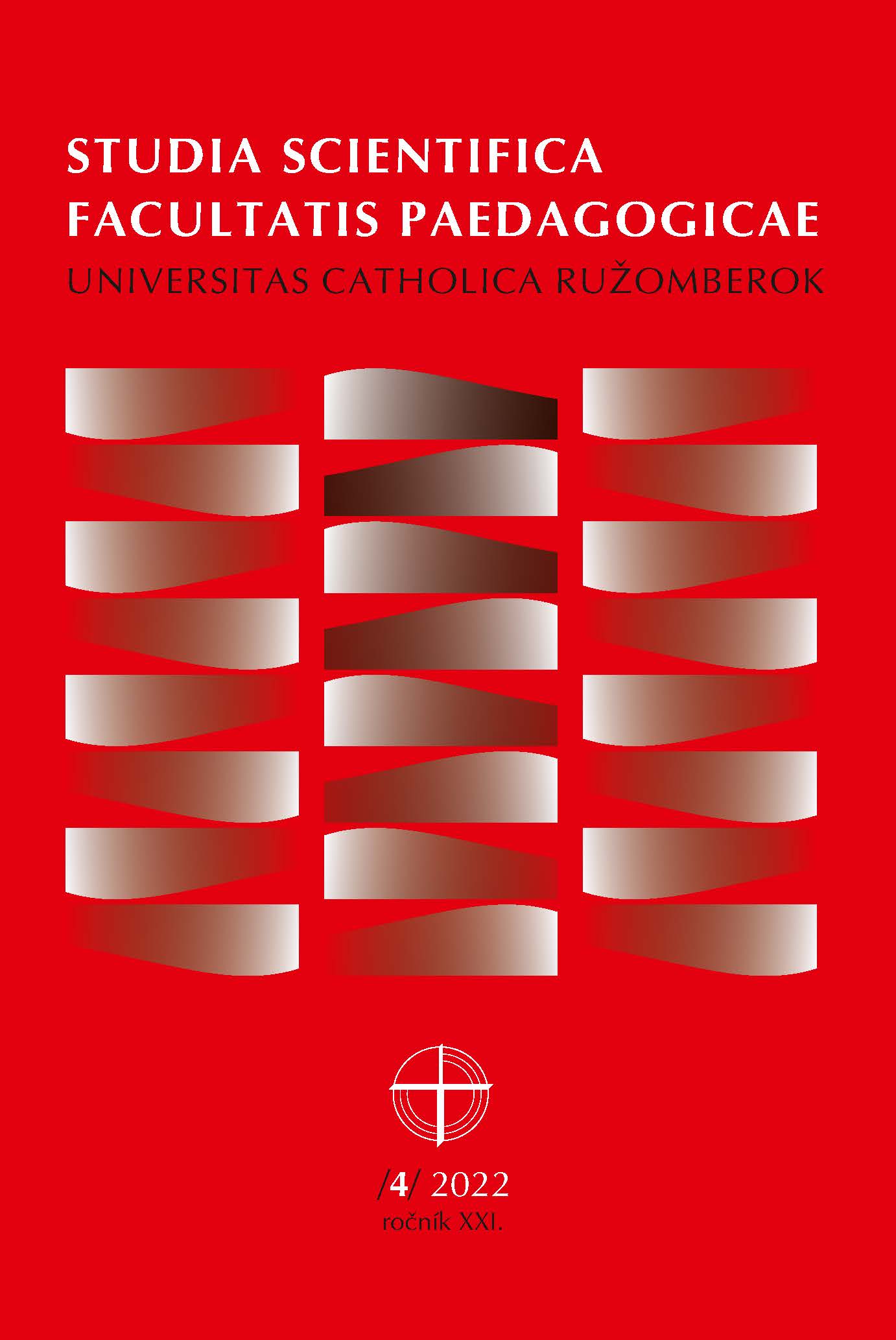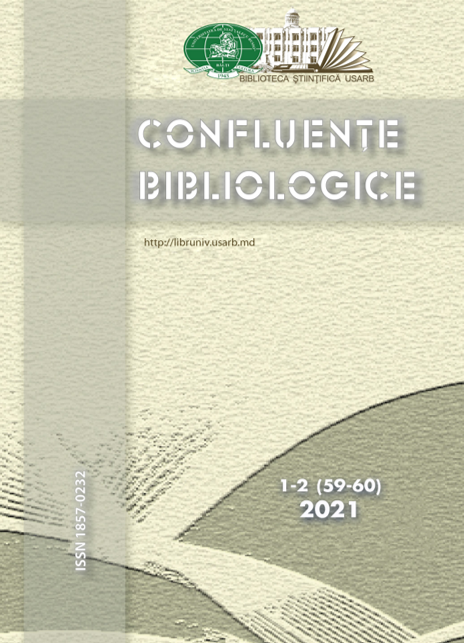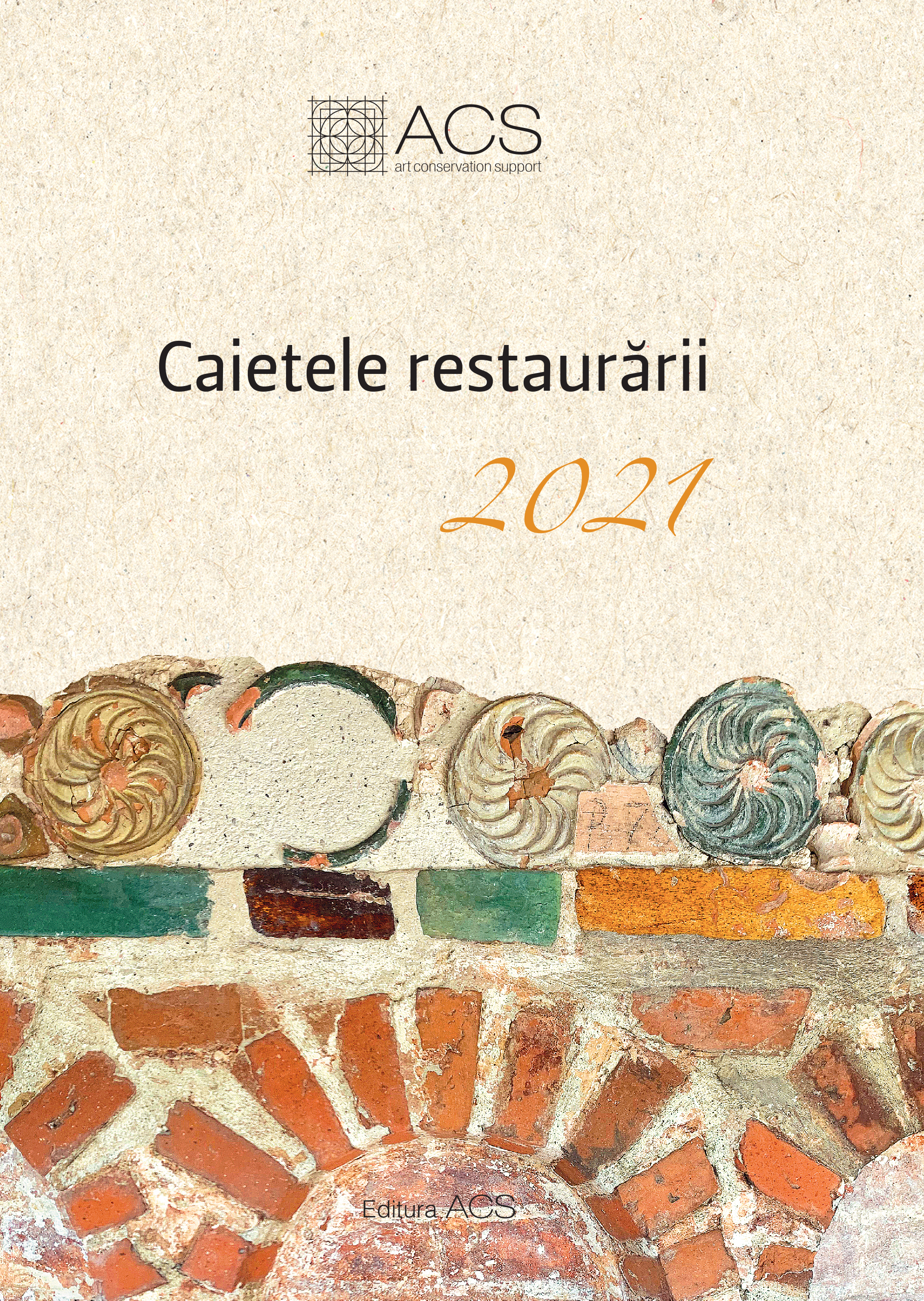
Building Archaeology în România?
A Presidential committee report from 2009 drew up an inventory of the issues that the built heritage from Romania had been facing for years. As part of the response to the general crisis in the management of cultural heritage, the committee proposed a series of measures to reform the training of professionals who inventory, document, analyse and interpret the built heritage. Without a straightforward connection to the field, the authors came close to the views and objectives of some traditional fields in German-speaking areas, like Bauforschung or Baugeschichte, and also to the so-called “archaeology of architecture” which spread from the 1980s-2000s under various names as Building(s) archaeology, Archeologia dell’architettura, Archéologie du bâti etc. Therefore, first, my article surveys the landscape of these consecrated multidisciplinary building researches from different western european countries. Secondly, it investigates the chances of implementing architectural archaeology in Romania, taking into account the lack of tradition in rigorous building recording, that very few of the international principles in the field of heritage protection have been applied so far, and that soil archaeology has not yet moved up to the standing buildings.
More...
